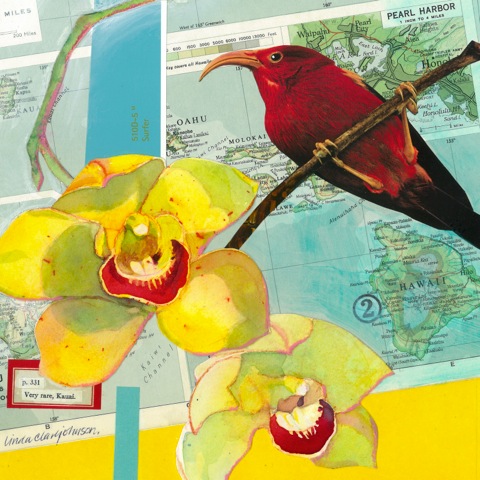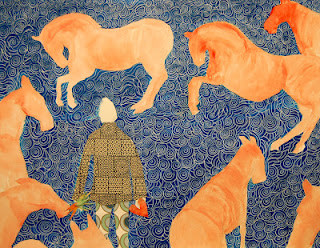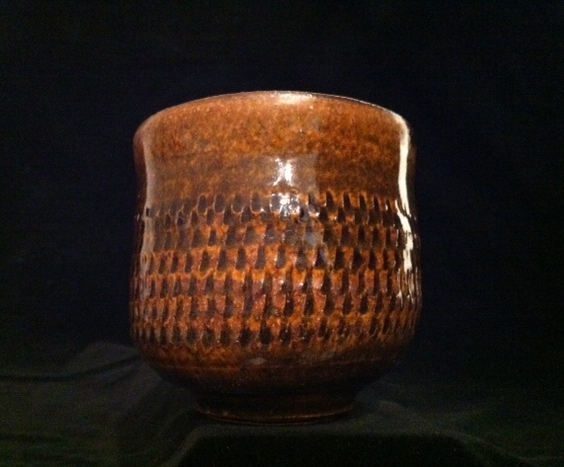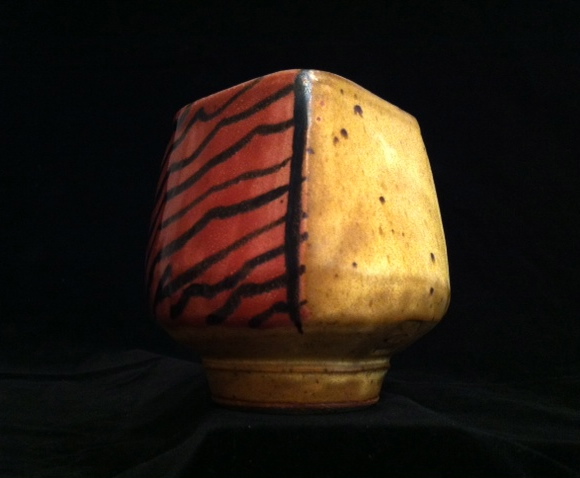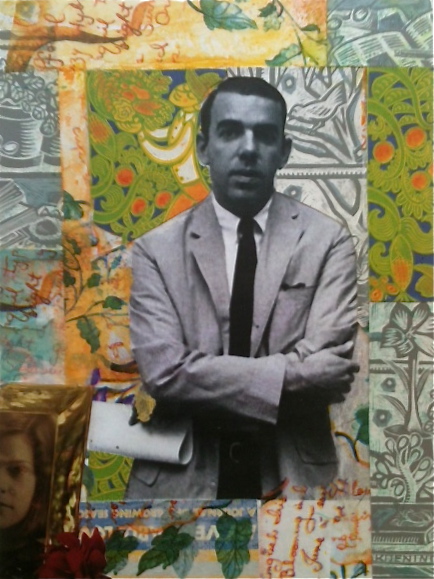 Many years ago in graduate school when Polaroids still existed and the magic of images appearing before your eyes was still new, I enjoyed taking small photos of the sculptures I'd made and altering them with thick, gooey oil pastels--the kind that were an inch wide and 4 inches long and smeared like lipstick.
Many years ago in graduate school when Polaroids still existed and the magic of images appearing before your eyes was still new, I enjoyed taking small photos of the sculptures I'd made and altering them with thick, gooey oil pastels--the kind that were an inch wide and 4 inches long and smeared like lipstick.
I savored the challenge of wielding a big stick in a small space-it was a means of gaining control over the uncontrollable. Graduate school was a place where hardball was the rule. Working on these small and intimate scenes returned me to a more comfortable place.
Recently, I've had the opportunity to revisit photo altering in the Altered Image, one of the workshops in 6 Degrees of Creativity 2 taught by Fiona Fitzpatrick, an Australian art therapist. For my project, I chose a photograph my father had emailed to me several weeks ago. In the photo, my father, a young professor, crosses his arms with a roll of papers in his hand. His gaze is expectant, searching, as if looking into the future, wondering what it might bring--and a bit apprehensive at the thought.
As a child, I knew that my dad longed to write. He was an English professor at a Big 10 university, always busy with his classes and busy too, writing the texts from which he taught, but I knew that what he really wanted to do was to write essays. Essays were his favorite form of prose.
Of course, things got in his way as things always do. I remember wondering if he would achieve his dream and being ignorant of the pleasures of retirement, I feared he might not find the time.
As I held the photograph, I remembered all this--and the recognition of all that has taken place since his retirement. My dad, Carl Klaus, is 80. He has written 6 books since retirement, his Mac on fire with all that he stored up to say. It was this blossoming of words that I wanted to express as I altered the image of the writer as a younger man.
I wanted to take that figure and surround him with the fruits of his labor; fruits that he couldn't possibly see from his perspective in time, but that certainly, in due time, were his to harvest.
I took postcards announcing the publication of two of his early books and cut them into slices, encircling him so that he appears to be at the center of an illuminated manuscript. I tucked a picture of Kate, his second wife, into the corner. Her death became the subject of another book: Letters to Kate.
As I glued, painted and pressed papers onto the surface, I was transported by the process of juxtaposing past with present in the same picture.
I took a break in the middle of the process and checked my e-mail. There was an e-mail from my dad. While I'd been working on his collage, he'd typed a message: "...the attachment is the manuscript for my new book, which I just finished yesterday afternoon...I thought you might be interested... on the chance that it might give you some ideas you can use in the writing you do for your blog, for your art, for your professional work, for your personal satisfaction.
Mysterious, isn't it, how altering an image can affect your life in an unexpected way?



